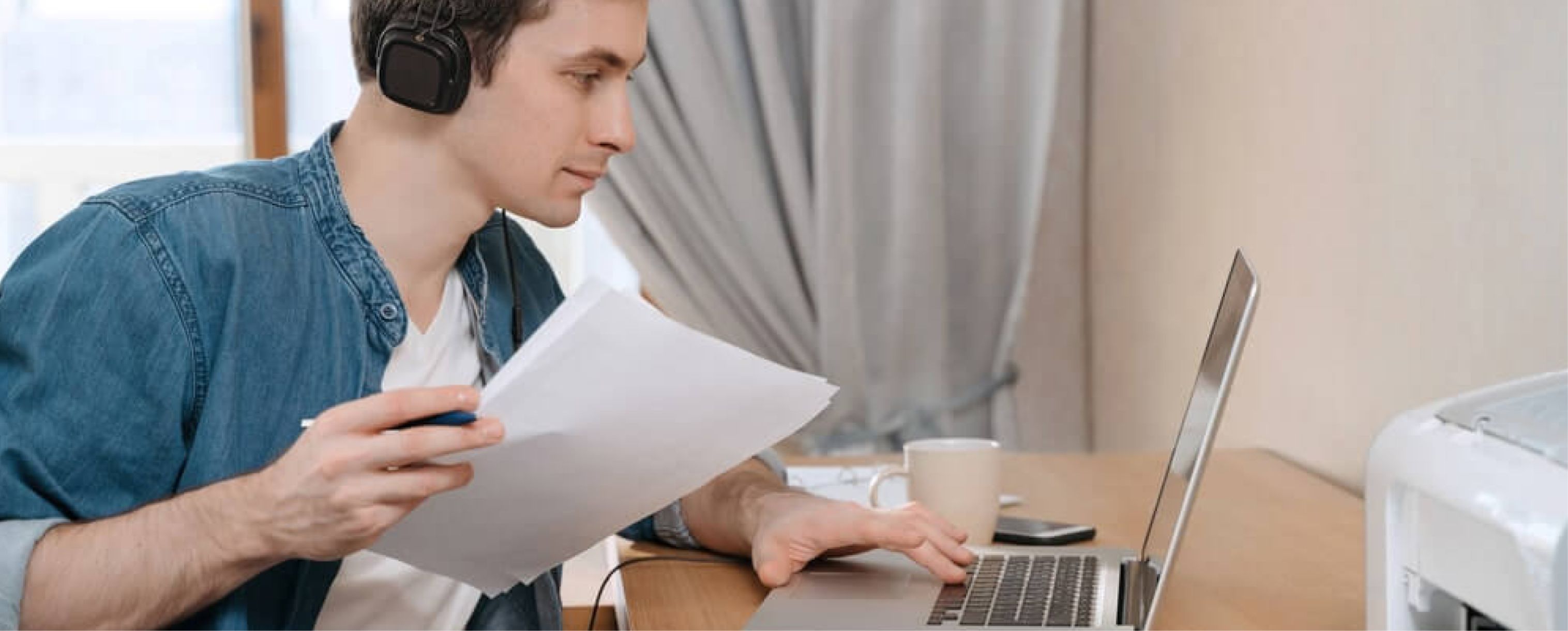|---Module:text|Size:Small---|
This is a huge challenge when talking about professional services performed by large teams for long periods.
The pandemic situation brings to us an opportunity to rethink our way of working, finding alternative methods to communicate and collaborate, reducing the waste on commuting time and some excesses on-office chatting.
Many concerns around working from home indefinitely are related to long-term impact on creativity, innovation, client engagement, quality. And most important on client’s inhibition to perceive the “details” that matter.
This article is not intended to impose recipes or even to establish rules of how to survive in this new paradigm (even as transitory) – but rather to share some ideas that can help to be better prepared to involve others, to better see what can’t be seen alone, at home.
“The devil is in the details” sounds cliché, but in this case, a wise one! Small details can influence everything. Certain people are pivotal in specific moments because of their attention to detail. The impact of keeping them silent is very serious!
We may think that blurred video calls and distorted voices are the main reason why some introverted people tend to stay apart… but this is not the major factor. Accepting their silence is.
Like in face-to-face gatherings, some people tend to dominate remote meetings and surely monopolise discussions, flattering diversity. Many of us are not used to intervening in monologue sequences, as many virtual meetings tend to be. Numbness is real and causes a great loss of perspective and attention to detail.
The challenge is how to turn everyone into better listeners and capable of synthesising ideas in virtual interactions, where alternative communication capabilities aren’t easily accessible – like using a whiteboard.
To adapt to this new reality, what if we try simple behaviour changes in every virtual meeting? Maybe things will be different. For example, what if “Each person had to intervene at least a couple of times”? Or “To speak again, each person had to wait for, at least, two other people to speak”. These are two small examples of how to push people to participate in a meeting or workshop.
But… how to step up to the next level? This is where something I heard some months ago comes in – Liberating Structures –, exhibiting a very inspiring mantra: “Include and unleashing everyone”.
“When people feel included and engaged, they do a better job and as teams produce much better results. Best ideas often come from unexpected sources!” can be read from their website, presenting a structured way to embrace the challenge of participation.
“More conventional structures (presentations, status reports, open discussions, brainstorming) are too inhibiting, loose and disorganised to creatively engage people in shaping their perspective. They frequently generate feelings of frustration and exclusion, failing to provide space for different ideas”.
This concept offers an alternative way to approach how people work together in a virtual context. It provides a menu of thirty-three Liberating Structures to replace or complement conventional practices.
This may help everyone’s listening and participate more often in meetings and look for diversity. More perspective and attention to detail will arise for sure.
Be aware of what cannot be seen at the “remote naked eye” and blurs the perception. Don’t forget we are all experiencing the same adaptation challenges.











